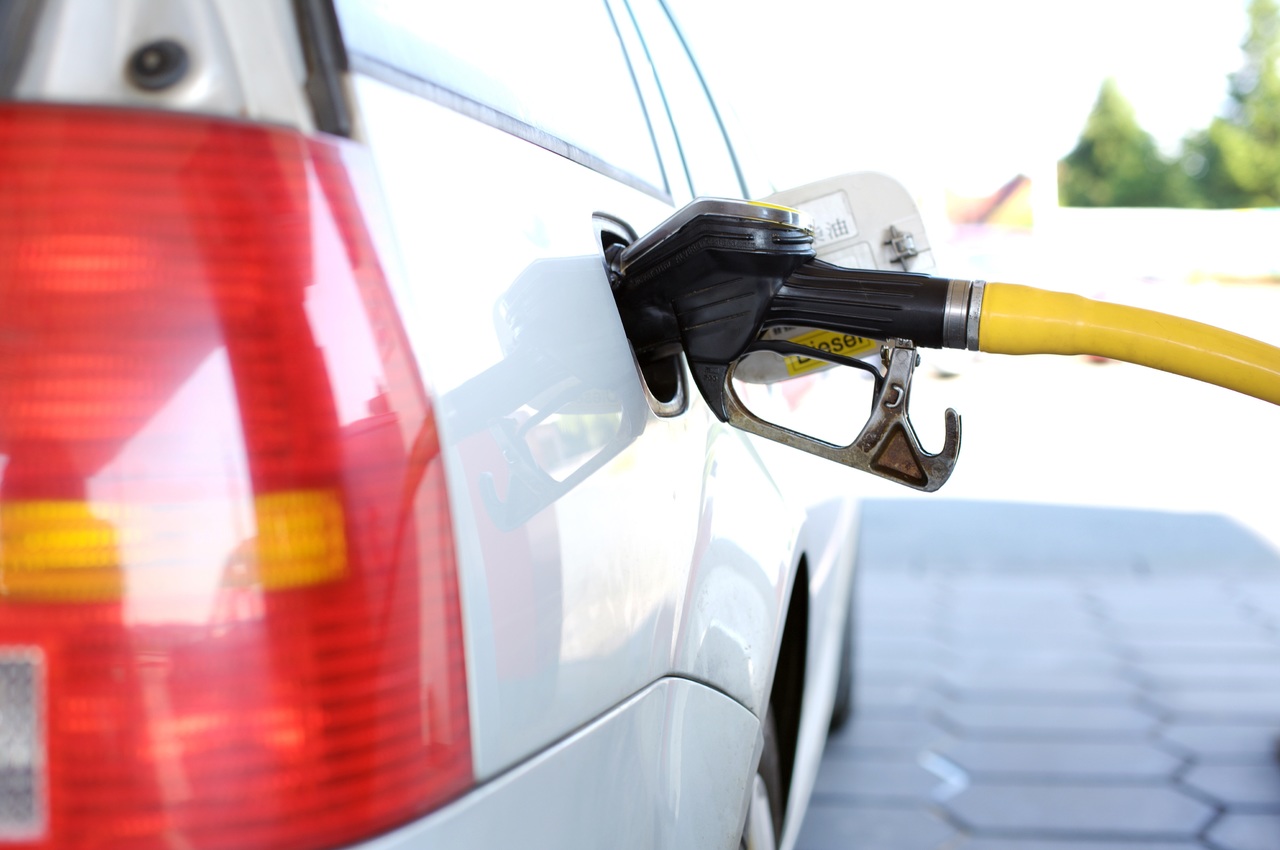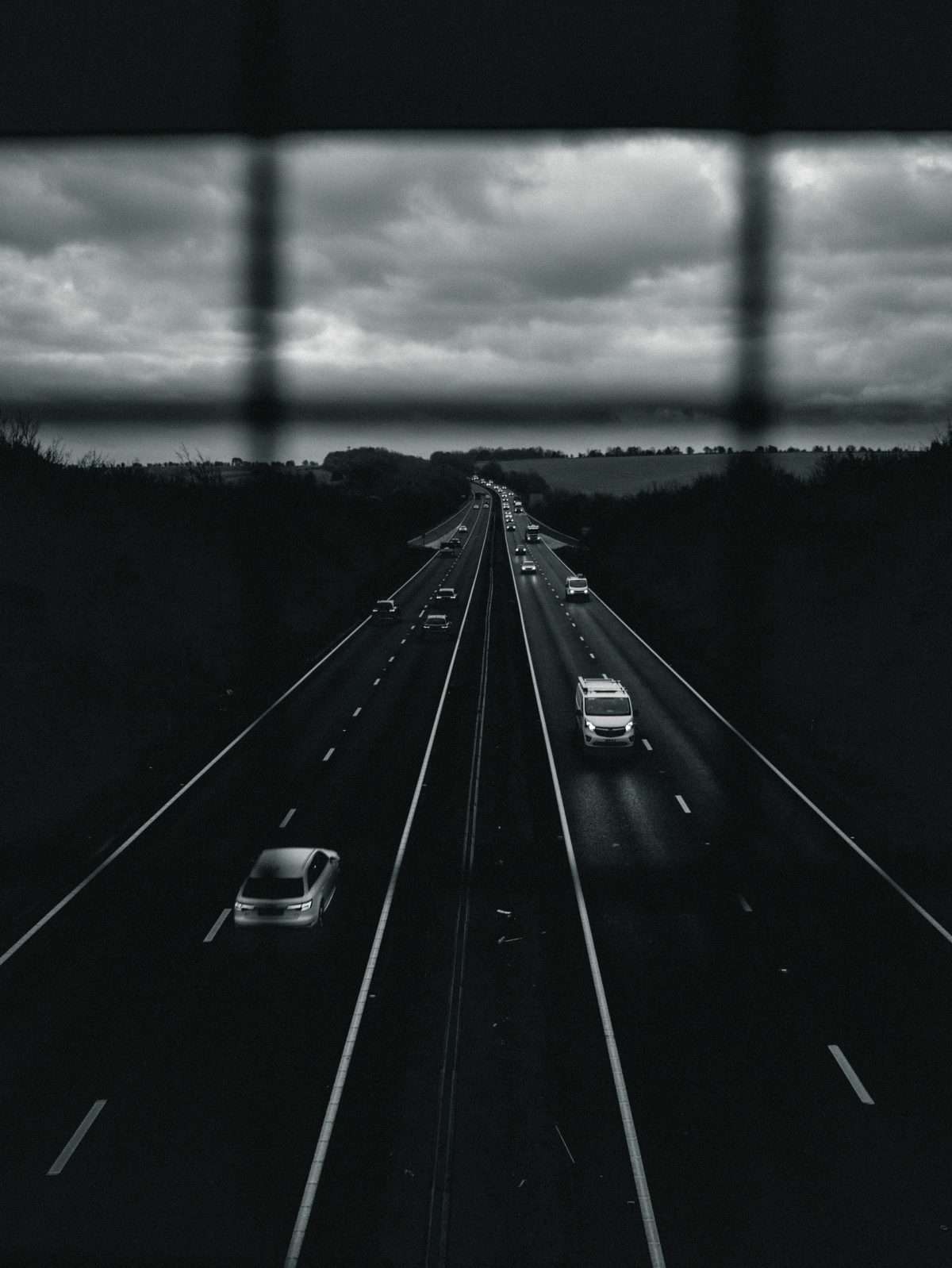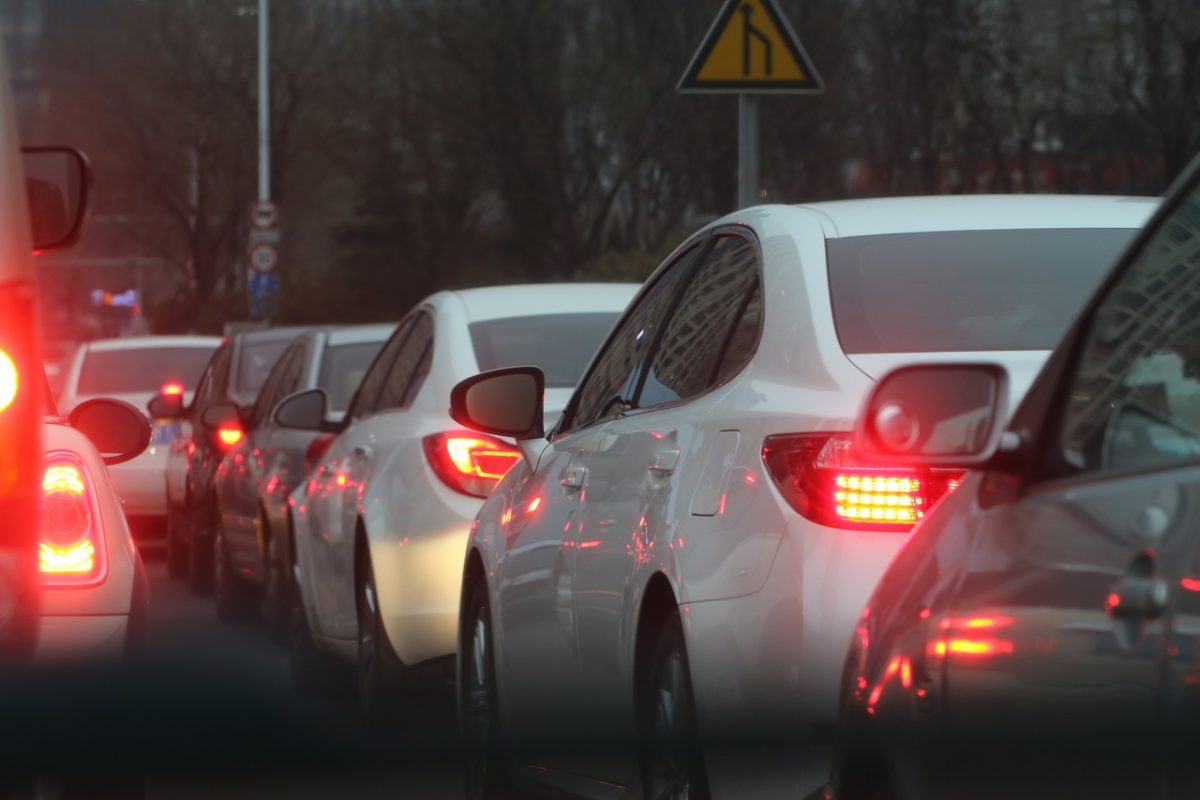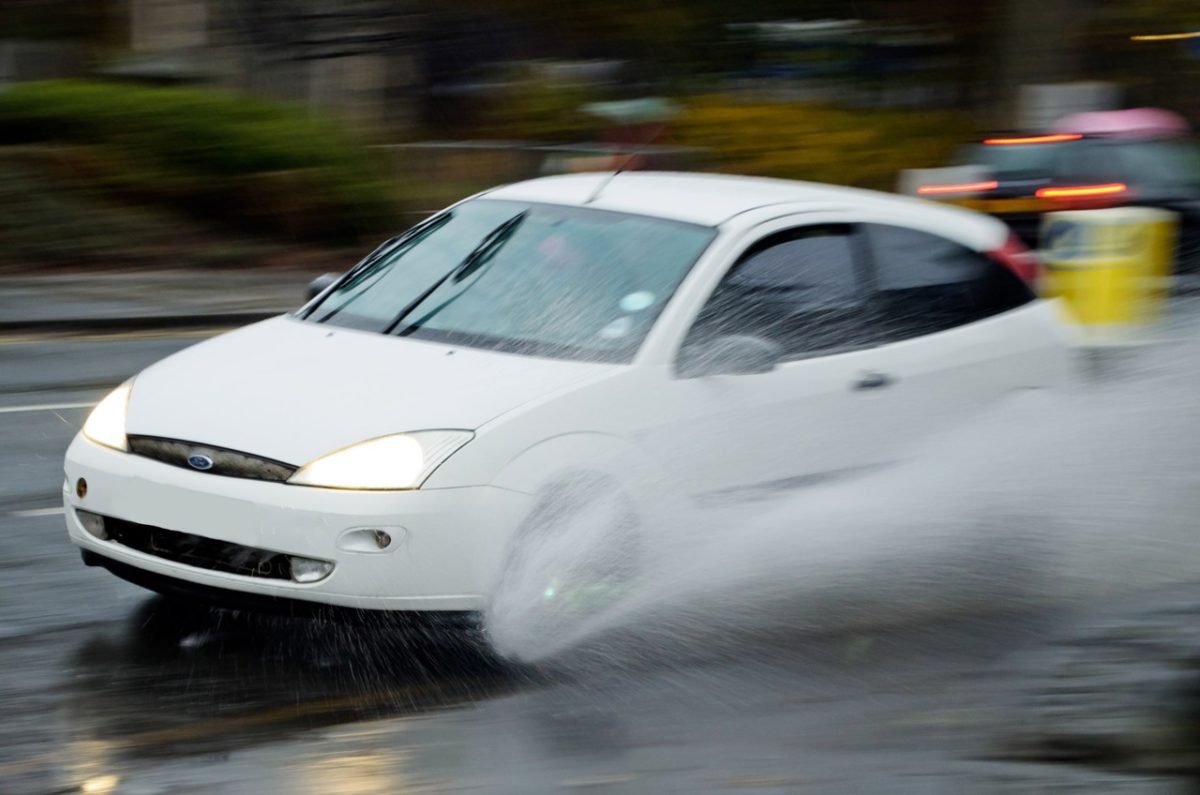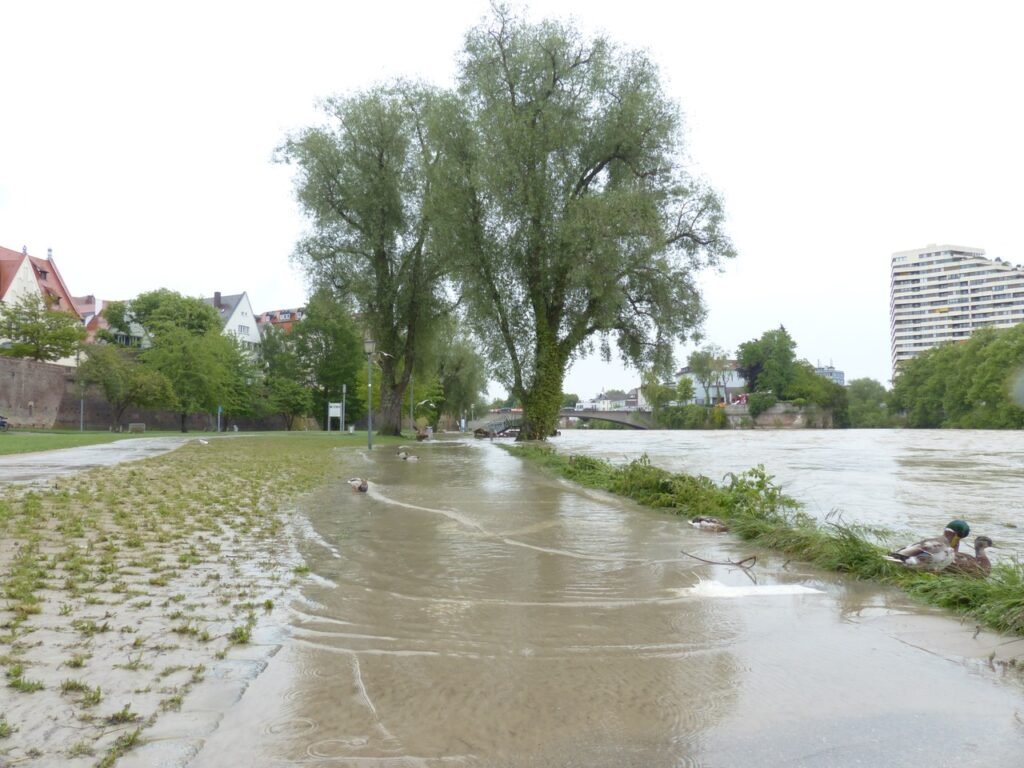10 Common Driving Mistakes South African Motorists Make
We all know that driving under the influence of drugs or alcohol is a big no-no and as such cannot be categorized as a mistake.
Drunk driving plays a huge factor in road fatalities annually but there are other causes of accidents and fender benders. Here are just 10 of the most common bad driving practises which can be seen on our roads almost daily.
1. Speeding
Driving at a speed that is unsafe for the current road, weather and lighting conditions can make it difficult, if not impossible to control your vehicle effectively. Bringing a speeding vehicle to a stop or trying to avoid an obstacle on the road can have fatal consequences as you may lose control completely. Speed limits are designed to keep drivers safe and it is dangerous to exceed them. Regardless of your environment, aim to drive at a pace which allows you to safely manoeuver your vehicle through curves, down a hill or in the rain.

2. Unsafe Lane Changes
Executing a safe lane change involves quite a few essential steps such as checking your mirrors and blind spot, adjusting your speed, turning on your indicators, finding a safe gap then merging smoothly into the lane. It is important to remember to look out for cyclists and bikers as these motorists are incredibly vulnerable in an accident.
3. Distracted Driving
Three things are critical for safe driving being: your hands on the wheel, your eyes on the road and your mind on the task at hand. Driving distracted negates these essentials, putting all road users at risk. Multi-tasking is not something motorists should attempt to do because of the ever changing environment of the road and general traffic. Anything can and most likely will happen without notice and you need to be ready to react immediately – something you may not be able to do if you are texting, eating or your eyes are on the radio controls.
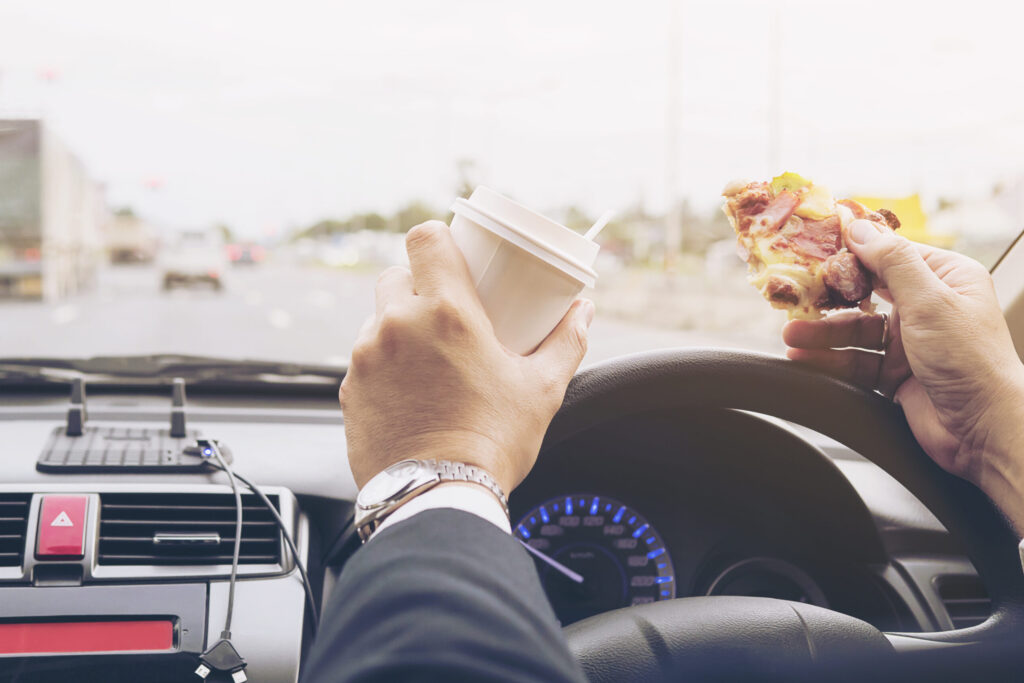
4. Not Maintaining A Safe Following Distance
Many motorists drive distracted resulting in their following the vehicle ahead of them too closely. The best way to ensure you have a safe cushion of space between your car and the one ahead is to wait for the leading vehicle to pass a fixed point on the road, then start counting to three. Should you pass the same point before reaching the count of three then you are most likely following too closely. As a general rule of thumb always increase your following distance at night, when driving behind a truck, in bad weather or when driving behind a motorcycle or cyclist.
5. Driving Too Slowly
This may surprise a few but driving too slowly for the current traffic conditions can be dangerous. Driving too slowly forces other drivers to either slow down or attempt to pass you and the more often cars pass each other, the greater the chances of there being a collision.
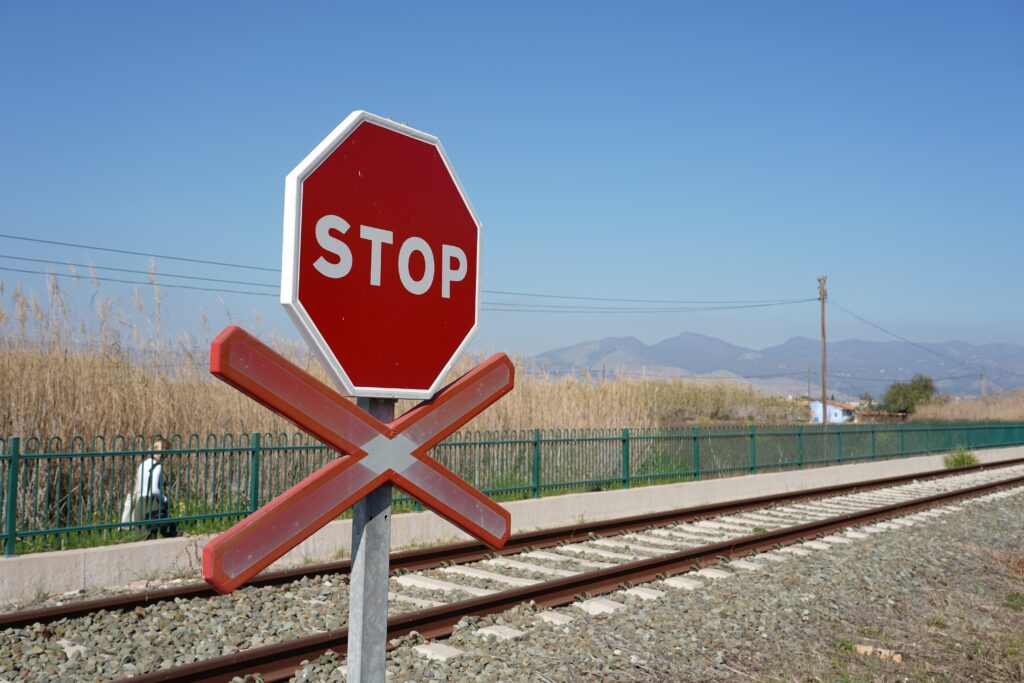
6. Failing To Read/Understand Road Signs
Road signs are there to give motorists information relating to the road or traffic conditions. It is important not to ignore them as you could find yourself driving too fast into a curve or blasting through a stop sign.
7. Drifting Between Lanes
Failure to stay in your lane is a definite way of annoying other motorists or causing an accident. In many instances drifting between lanes is due to driving distracted but can also be thanks to poorly marked roads or unskilled driving practises. With the exception of changing lanes always aim to steer your vehicle within your chosen lane.
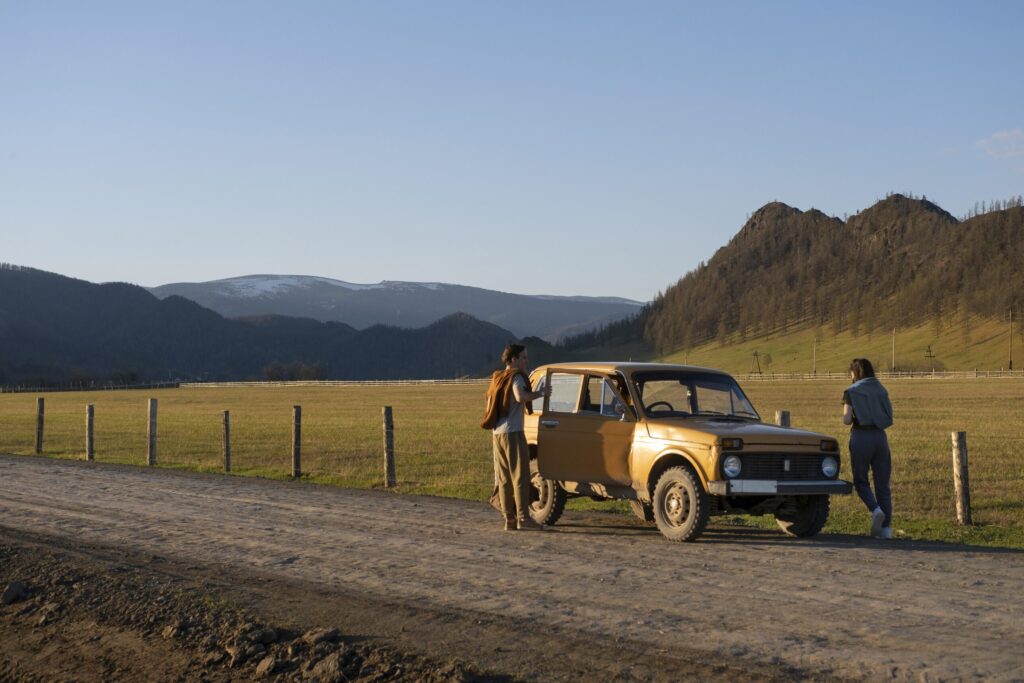
8. Driving An Unroadworthy Vehicle
Sadly, driving a less than mechanically sound vehicle is common practise on our roads which leads to avoidable road accidents. Ranging from worn brakes, faulty indicators and tail lights, to cracked windscreens, dim headlights and damaged wiper blades, driving a vehicle which isn’t in tip-top condition puts you and other road users at risk. When you think about it, the cost of changing certain car parts is far less than the cost of repairs to a car so it’s worth getting your vehicle regularly by a professional.
9. Poor Evasive Skills
Being attentive on the road is a highly underrated driving skill, but one which could save your life. Should a toddler dash onto the road in front of you, or if a parcel falls off the truck in front you, you need to be ready to take evasive action. Attentive driving includes being aware of your surroundings and knowing where the open spaces are that you can escape to.

10. Driving While Drowsy
Similar to driving under the influence, there is no excuse for driving while drowsy. A safe drive includes being alert, attentive and in control of your vehicle, all of which you cannot do if driving while drowsy. Make sure you get sufficient rest before getting behind the wheel as tiredness can be fatal.

